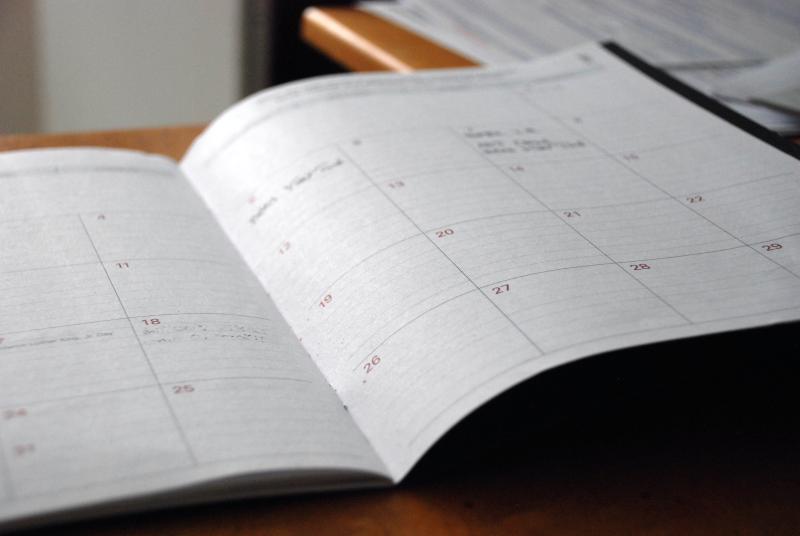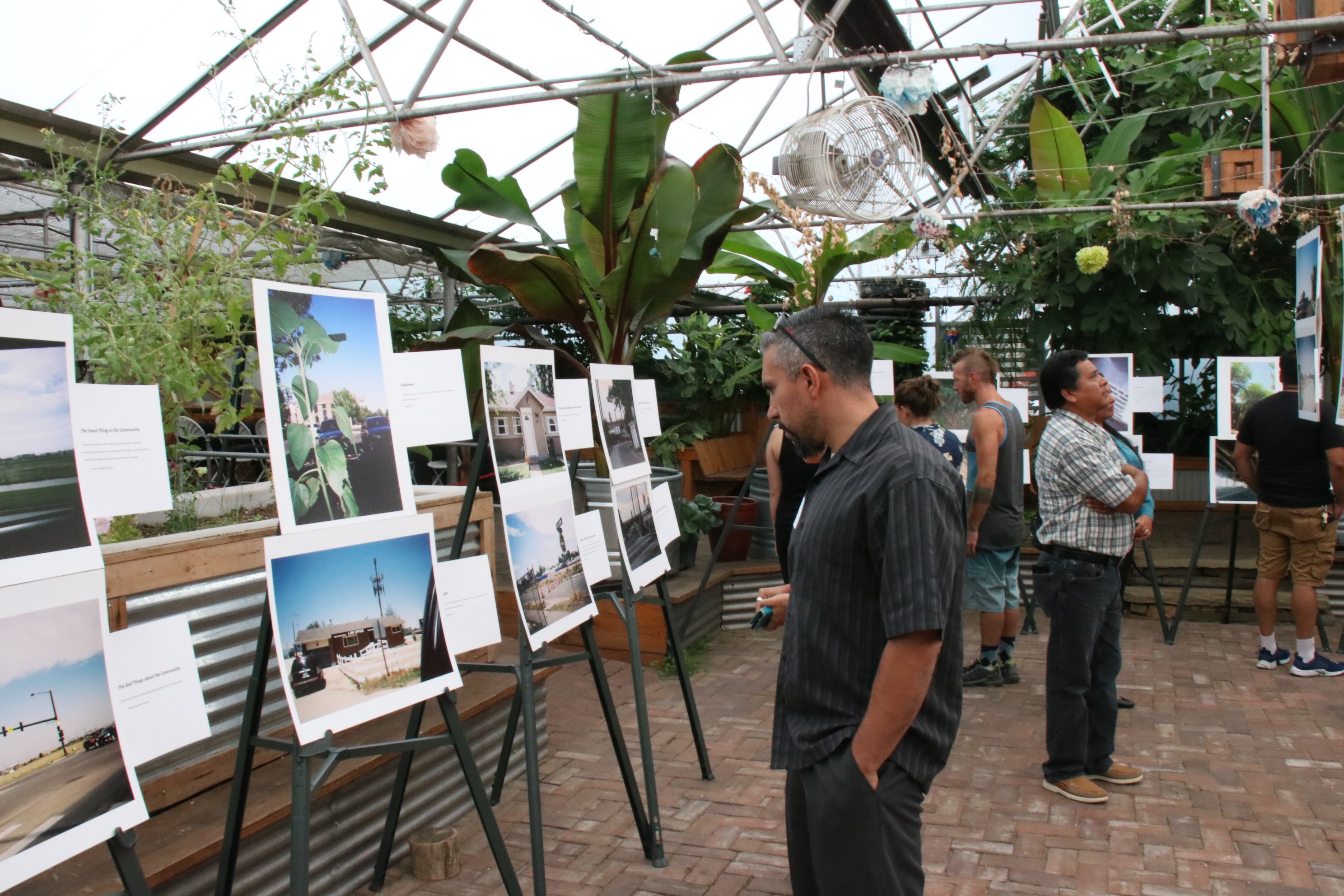The Dos and Don’ts of Doodle: Or, How to Hold Large Meetings Between Busy People from On and Off Campus
By: Alison Turner, Literary Studies

For the last two years, I have served as the Writing & the Public Good CCESL Fellow, which has meant exposure to the community-engaged work of faculty across campus, participation in programs like Community Spotlights, Scholar Shop, and CCESL Forums, and extraordinary mentorship.
This year, we Fellows were also invited to participate in one of four Collective Impact (CI) cohorts, a new initiative contributing to DU Grand Challenges. Ambitious by design, Collective Impact cohorts bring together the work that people across campus and in the Denver community are already doing in order to make an impact that is larger than the sum of the group’s many parts. This not only encourages researchers and scholars out of our oft-critiqued academic silos, but engages academic approaches with those used by employees at local non-profits and city offices, and other Denver community members. I eagerly joined the migration cohort, as part of my dissertation explores experiences of immigrants and refugees, and for the last year I have had the exceptional opportunity to interact with two dozen experts in this field. Working with a group of about two-dozen people has also, incidentally, given me much to think about regarding the possibilities and limitations of large group collaboration. A group this size means brilliant ideas at every turn from undergraduates, graduate students, faculty members, administrators, and employees of offices working with refugees and immigrants in various ways; and it also means sometimes-scattered online collaboration, accidental reply-all emails, shared docs that most of us forget exist until we ask the group, again, can you send me that spreadsheet? And, perhaps more than any other collaboration in which I’ve taken part, this means Doodle polls.
About half way through the year, members of the CI cohort self-selected into various Action Teams of about four people each, tasked with setting up at least two meetings between the next all-hands cohort meeting. I joined three Action Teams and the next day opened my inbox to three emails offering three different Doodle polls, all asking for my availability in the following two weeks. This was in addition to two other Doodle polls I had already filled out for other parts of life that also required near-future meetings. As I painted over brick-shaped square after brick-shaped square, watching it change from white to bright green, I wondered: is this brick-shaped hour actually available? Or will it be selected in the near-future for meeting 4 of 5, the poll to which I completed in the past, not knowing that in that past’s future I would have 5 outstanding, overlapping Doodle polls in the present? What if my availability skews all of the results, creating a false majority during a certain brick-shaped hour (“5 out of 6 people could meet at this time”) when really some other Doodle poll has already selected this time, but the manager of the poll is teaching class and can’t email the group about it for three more hours? How do I know if when I was available in the past is no longer available in the future because in the present the future has already been decided by the past?
All low-stakes anxieties, of course, but it got me thinking about what the Doodle poll, as increasingly-quotidian scheduling tool, doodle-y-does and doodle-y-doesn’t do to help make possible interdisciplinary, city-wide collaboration of large groups of people, all of whom happen to be busy and human. If we consider Doodle and its brick-shaped hours as a metaphor for, or representative of, the challenges this admirable effort encounters, what might come to light?
First, I do not dismiss Doodle benefits. This (free) program solves practical problems, and for that many of us are forever grateful. Remember sending an email to a large group that asks each person to respond with their availability, then compiling their answers? Thanks, Doodle. However, someone still needs to send that email: that is, Doodle polls don’t write themselves. And, whoever creates the poll sets foundational terms: location of meeting and parameters of available times. In this case, the pumping heart of the CI cohorts, CCESL, had to create the initial Doodle poll invite, placing the meetings on the DU campus between 8 and 4, Monday through Friday. Inevitably, more DU members than off-campus stakeholders would get the poll: though extraordinarily well connected with off-campus community partners in the Denver area, CCESL mostly lives, works, and plays on the DU campus, which means that the staff are more likely to have more consistent personal relationships with scholars and researchers than with off-campus partners.
What this means for the Migration CI cohort, is that an initiative aspiring to bring together on and off-campus stakeholders is unavoidably biased toward academia from the beginning. During the first all-cohort meeting, we discussed this eagerly, yet inconclusively: if the intent was to bring together voices from a variety of angles, what does it say that the cohort begins DU-dominated? Further, what are the implications of DU-dominated large meetings as the collaboration continues? If most people responding to a Doodle are academics on the quarter system, then most people will probably not select times during midterms, finals, etc; yet what if those challenging academic times work best for the community-members involved? And for those community partners who can make the meetings during academic-privileging time slots, how accessible to them is the DU campus? And so on and so on. Members of the cohort felt strongly that we needed more community members around the table, but we found ourselves in the spinning tires of a question mark: How? Eventually, we had to do nothing or move on, and so we have moved on with an even greater DU-majority.
Doodle polls, then, make visible the tension between ambition and what is possible, especially when working within new models. Are multi-vocal, equitable, and accessible gatherings possible for a collaboration of this size and variety of approach? Are there ways to be more inclusive to the needs of community partners, or, even more importantly, members of the communities affected by the topics we discuss? The CI cohorts are a two-year commitment, so I cannot say now what kind of impact will result from these many meetings and online collaborations. What I can say, though, is that as this first year closes, whispers from people working on several of the smaller action teams hint at encouraging results: the teams’ ideas are merging onto a common path. I’ll find out at the last Migration CI cohort meeting of the year, which takes place a few weeks from now, and which I am able to attend, thanks to my good fortune with the white and green bricks of the year’s last Doodle poll.
Alison Turner is a PhD Candidate in Literary Studies interested in historical fiction, immigrant and refugee literature, archives, and community literacy. She has served two terms as the Writing & The Public Good Community-Engaged Fellow (2017-2019). For more about Alison and her work, visit her portfolio site here.


